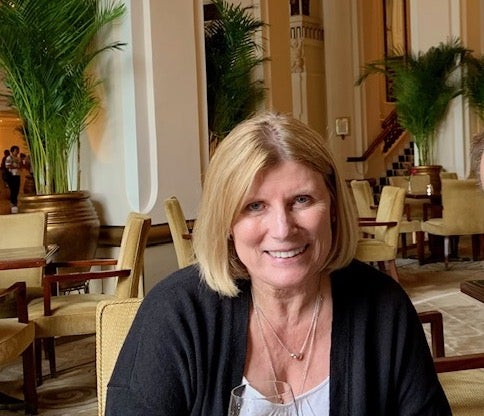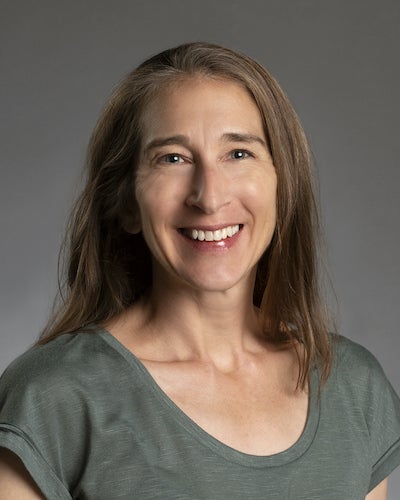
As humans age, physical health can become a limiting factor to fully engaging in, and enjoying, life. In 2003, the World Health Organization reported that 60% of adults were not physically active enough to maintain or improve long-term health outcomes. While many gyms, recreation and health centers may offer fitness classes for people ages 60 and over, the factors which attract older adults to begin and continue an exercise regimen are not well documented.
To answer these questions and promote older adult health and community wellbeing in the Treasure Valley, Boise State psychology professor Mary Pritchard and student Susan Copple collaborated with the four branches of the Idaho Treasure Valley YMCA. Over the 2023-2023 academic year, the study surveyed 12,295 YMCA members over the age of 60 using an online, voluntary survey. They successfully collected 1,304 surveys from which they could draw data.
Copple, Pritchard and the YMCA wanted to know: what inspired these members to start taking exercise classes? What made them continue to attend? Or, for those who were no longer taking classes, why had they stopped?
The fruitful survey revealed that the member’s priorities were, in order of importance, improving their health; the availability of a convenient location; establishing an exercise routine; affordability; and lastly, the opportunity to exercise with others.
Interestingly, the factors that made members continue taking exercise classes were, again, improving health, but then survey results revealed new priorities. These were the quality of the exercise classes, the staff and training personnel, and improved mental well-being that stemmed from attending classes and finally, the opportunity to exercise with their peers.

From Idea to Impact
Pritchard and Copple shared the results of this study with the Idaho Treasure Valley YMCA in order to help the association better understand older adult members’ exercise needs and meet community health goals.
“We would be unable to complete a study like this on our own,” said David Duro, Treasure Valley Family YMCA president and CEO. “We found the information contained in the study white paper to be helpful as we develop strategies to reach a greater percentage of this segment of the population, and retain them as active participants. The study prompted us to create a new staff position charged with the responsibility to act on many of the recommendations included in [the] findings.”

“You don’t often get a chance to make a big impact to a community organization that you hold in such high esteem and who has such a big impact across the valley, Copple said. “For us to be able to work with them and to provide them with information that really fits their needs is very fulfilling. It just feels good to contribute to the valley and to that organization in this way.”
Copple retired five years ago from her role in human resources with Micron Technology and is now seeking a secondary degree in psychology, as well as a mathematics minor. She is also a life-long YMCA member and her own experiences with the ‘Y’ were pivotal to deciding to pursue this study.
“I attend a water aerobics class and it’s mostly people of my age or pretty close,” Copple said. “I was really struck by the community that we’ve created within that group, and how important it was to us and how we were always reaching out to each other. And I thought ‘What is it that will help other people have that kind of connection?’”

Mary Pritchard is in her 20th year teaching at Boise State. She also directs the Body Image Lab and works closely with BroncoFit. While most of her research focuses on body image, eating and exercise behaviors of Boise State students, Pritchard was excited to join Copple in using her research expertise to help a different population and serve the Treasure Valley community.
“When Susan came to me with this idea of working with a different population I was like, ‘Let’s go for it!’ And so it was nice to be able to apply my research and my skill set to a different community population that’s also very, very important,” Pritchard said.
-By Brianne Phillips